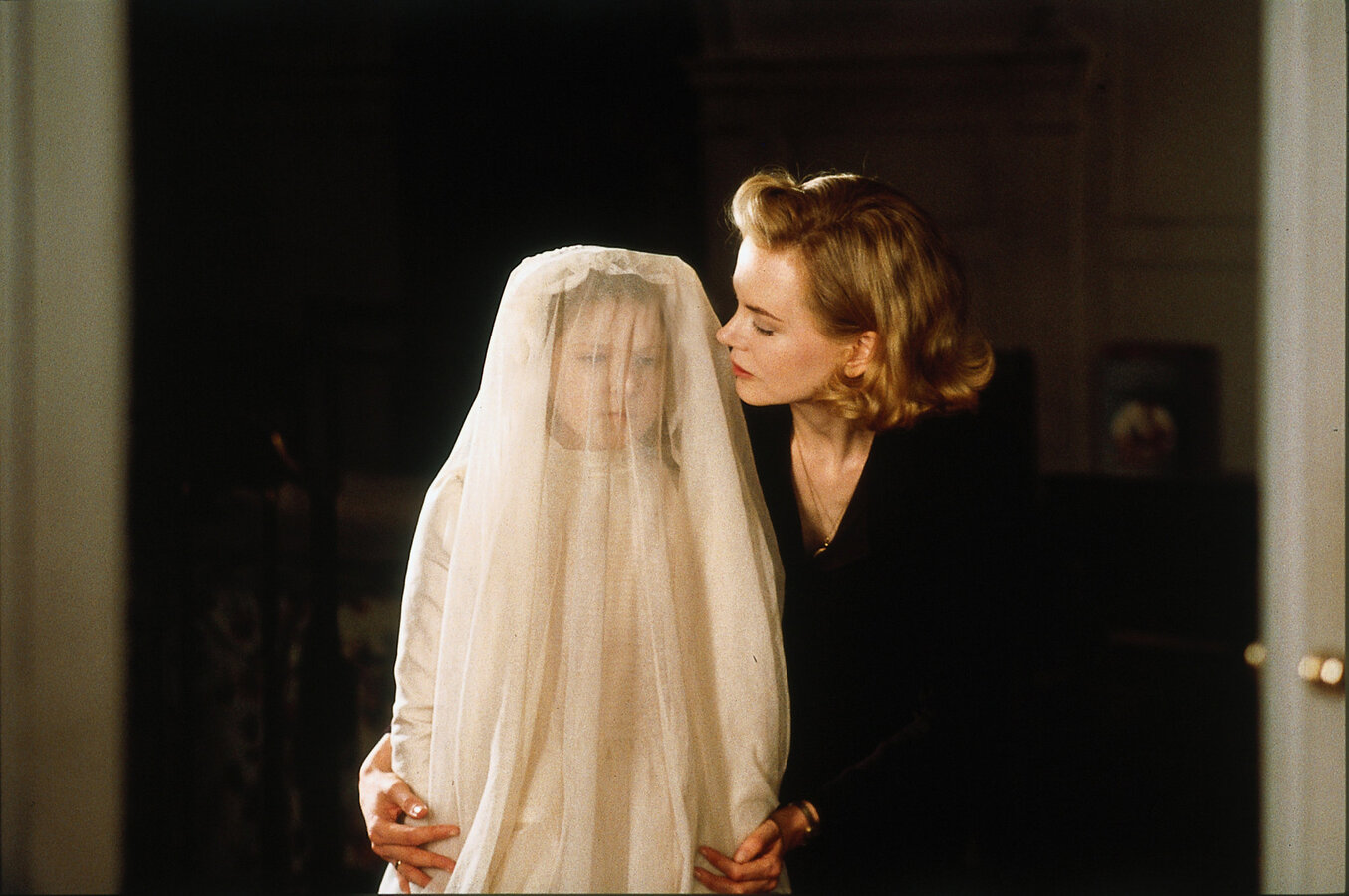Description
Dating from 1910, the plot was transferred to the City of Luxembourg in 2020. It is listed in the inventory of protected burial monuments for its character and style, and also to commemorate Jean Scheer, director of the Théâtre de la Ville de Luxembourg.
The plot was acquired on 28 February 1910, three days after the death of Anne-Marie Thérèse Steffen (1853–1910). On 20 August 1873, she married Frédéric Auguste Scheer (1845–1931), a master plumber. The couple founded the "Famille Scheer-Steffen" family vault. Their son Jean (1874–1942) began his career as a trainee clerk in 1904 and was appointed clerk of the labour tribunal in 1938. His interests were not limited to his professional activities. A Francophile, in 1921, just after the First World War, he supported plans to erect a monument to the martyrs of the war in Longwy, as well as the Monument of Remembrance in Luxembourg (1923). At the same time, he devoted his life to the arts. In 1906, he became President of the Union Dramatique. He co-founded, and later became Vice-President of the Orpheon choir. When the management structure of the Théâtre de la Ville was taken over by the municipality, Jean Scheer became secretary, then administrator/director of the Théâtre Municipal. For decades, he also managed season tickets and organised shows and charity concerts. As Vice-President of the Société d'initiative pour le développement du tourisme et l'embellissement de la Ville, Scheer was involved in the competition for the most beautiful displays. Scheer was a member of the City of Luxembourg's theatre and festival commissions. Jean Scheer married Gabrielle Gofflot (1885–1952), who was born in Namur. Léon Scheer (1908–1954) was born of this union. After graduating from the École d'Industrie et du Commerce, Léon became the exclusive agent of the Society of Authors, Composers and Publishers of Music (SACEM) for Luxembourg. He actively supported the initiative to erect a "Renaissance memorial" in Luxembourg in 1939, which is the Independence Monument in Mersch commemorating a centenary of independence. Like his father, he married a Belgian woman: Lisette Lamberty, who was originally from Verviers.
The youngest daughter of the Scheer-Gofflot marriage was Jane Annie Léonce (1918–1979). At the age of 20, Jane married Robert Human, a graduate of the Académie des hautes études commerciales in Paris and a shopkeeper on Avenue de la Liberté. Simone Human was born of this union.
This grey granite monument is surrounded by a frame on which the tombstone rests. The stele stands on a pedestal that is as wide as the tomb. It encloses a niche at the back of which are engraved inscriptions of the names of the deceased on black glass plates. The niche is topped by a tympanum inscribed with the words "Famille Scheer-Steffen". The columns and tympanum feature geometric bas-reliefs in the Art Deco style. The bases have a tooled finish. The stele is surmounted by a crucifix in the same granite stone. The INRI corpus and plaque are made of zinc. The tomb does not feature a stoup. A column with an Ionic base and a geometric capital serves as a bracket for a planter below the commemorative plaque. The monument is signed "Jean Théodore Mergen" (1884–1942), a marble supplier and sculptor based on Avenue de la Faïencerie.















